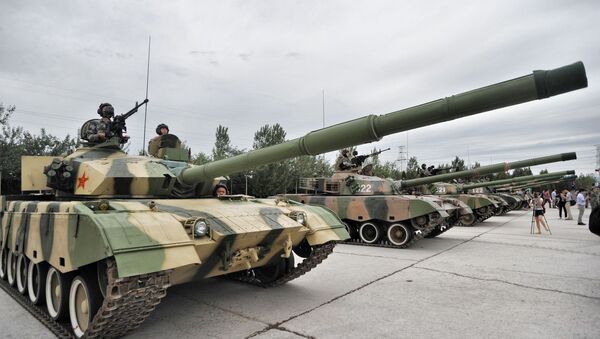PLA Daily is widely considered the main outlet the Chinese army uses for external communications, LiveMint notes.
The report did not specify the exact date the military assets were relocated to Tibet but said it occurred at the end of June. The unspecified military "hardware" was transported via rail and conventional roads.
It’s not entirely clear where in Tibet the chess pieces have been placed. The report also failed to indicate whether the military equipment would be used in tandem with a Chinese battalion that recently completed drills in Tibet, China’s second-largest province.
Last weekend, the PLA conducted live fire exercises in the province. Video footage of the drills was broadcast over CCTV. Analysts said the move would show the people of China the government is ready to protect them in the event that the standoff becomes more heated and violent.
Reinforcing the western front with personnel and hardware makes it much easier for commanders to defend Chinese borders, Wang Dehua of the Shanghai Institutes for International Studies told LiveMint on Wednesday. Offensive and defensive maneuvers are "all about logistics," Wang said, and "now there is much better logistics support to the Tibet region."
The dispute in Sikkim originated in mid-June when Indian troops stopped Chinese workers from building a road that Beijing said was on its territory. Bhutan claimed that the particular area where construction took place was actually its territory, and India sided with Bhutan.
The area where the road was being built is of significant strategic importance to New Delhi. A finished road could provide Chinese troops with an avenue to sever India’s access to its northeastern states.
A recent article in the Indian Defense Review argued that further espionage between India and China might actually be key to resolving the crisis. "The two countries are ignorant of each other’s strategies," Nicolas Groffman wrote. As a result, suspicion is "taking the place of intelligence just when understanding is critical."
Vasily Kashin told Sputnik China, however, that such activities ought to have strict limits if stabilizing effects are to be achieved. Intelligence operations would cross a critical threshold if "active intervention in the internal affairs or acts of sabotage" were used, Kashin emphasized.




